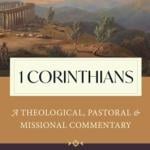With income inequality and social mobility in the air, two articles in the Economist challenge the conventional wisdom. One is a report on a study conducted by economists at Harvard and Berkeley that concludes, in the Economist’s words, “Despite huge increases in inequality, America may be no less mobile a society than it was 40 years ago.” This study is based on a larger collection of data than any previous study —“over 40m tax returns of people born between 1971 and... Read more
















